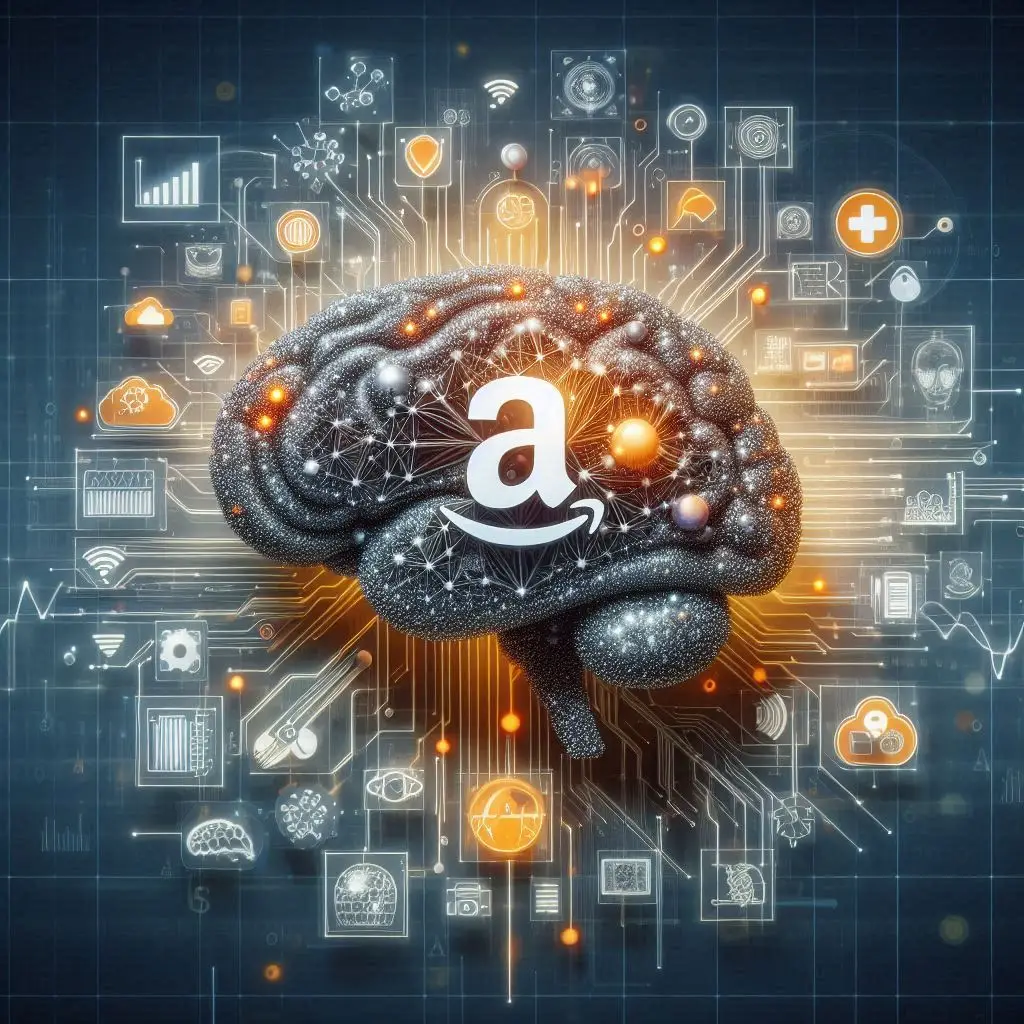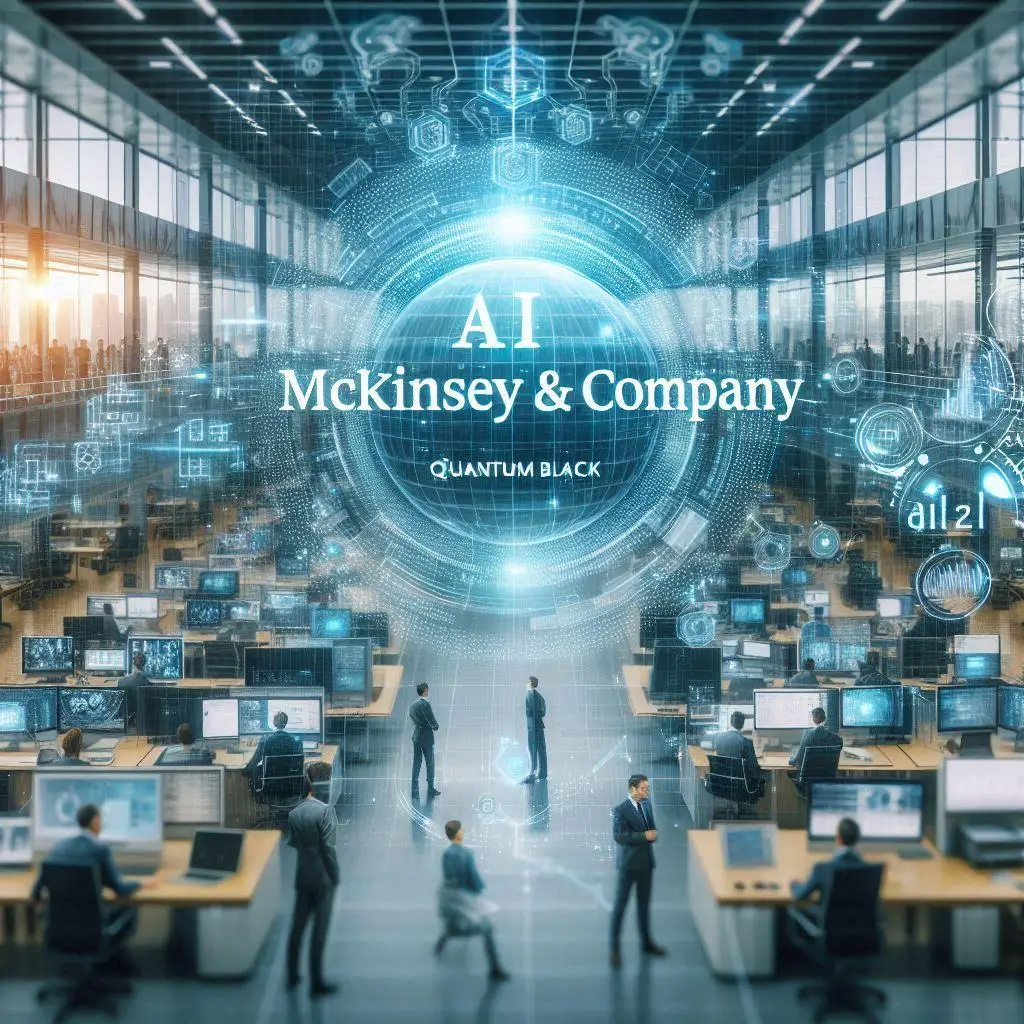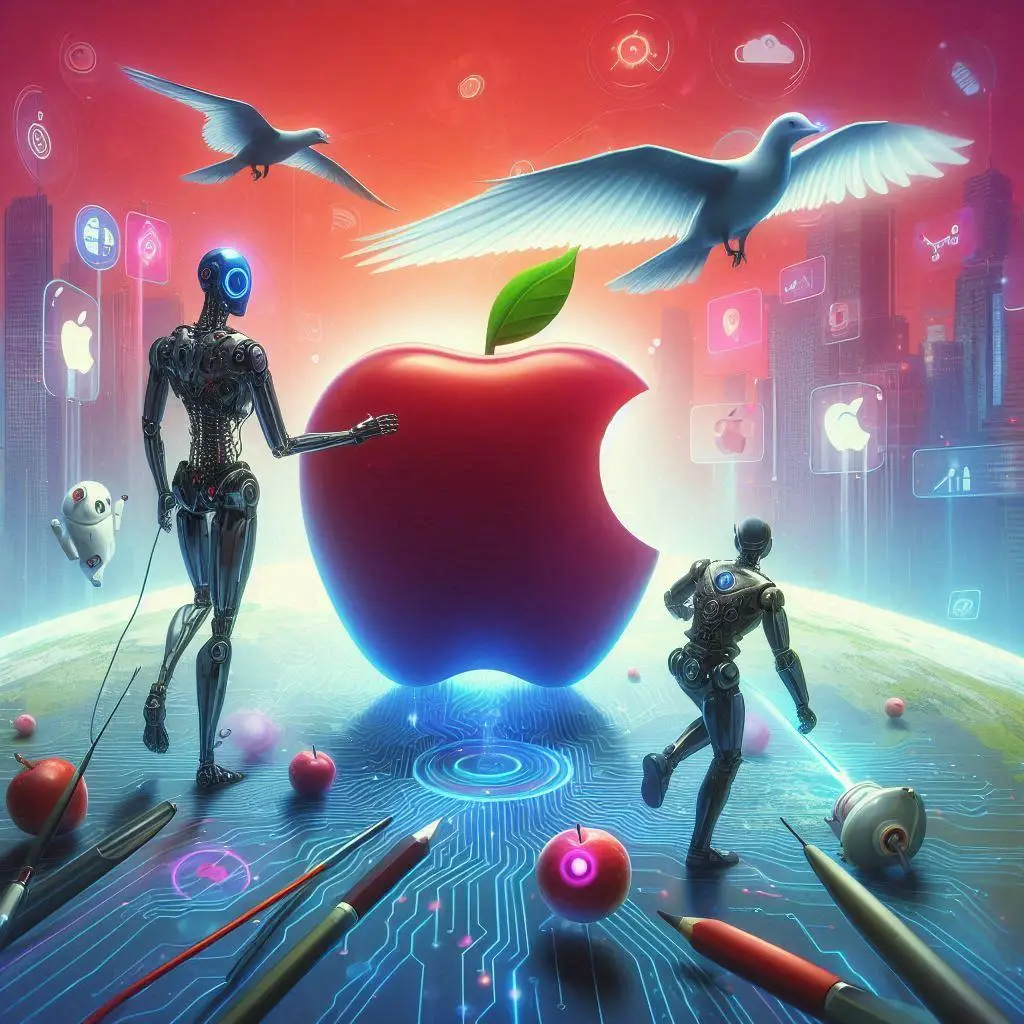Humanoid robotics has traditionally focused heavily on hardware design, with innovations frequently highlighting advancements in physical capabilities and structures. However, the concept of "general purpose humanoids" demands more attention to the integration of sophisticated intelligence into these machines. Moving from single-purpose systems to general-purpose robots represents a significant leap—a leap that is being increasingly facilitated by generative AI.
The Quest for General-Purpose Robotics
The journey toward general-purpose robotics has been marked by decades of development, primarily targeting systems designed for specific tasks. Creating a robotic intelligence capable of leveraging the vast array of movements enabled by bipedal humanoid designs has been a crucial challenge for researchers. Generative AI has recently emerged as a pivotal player in this quest, offering new methods and insights that could bridge the gap between specialized and generalized robotic capabilities.
The Challenge of Training
One of the most significant hurdles in developing general-purpose robots is effective training. While best practices for human training are well-established, robotic training approaches remain varied and fragmented. Current methods, such as reinforcement learning and imitation learning, show promise but are not comprehensive solutions on their own. Future advancements in robotics will likely hinge on integrating these methods with generative AI models, creating a more cohesive and effective training framework.
MIT's Innovative Approach
Recent research from MIT has shed light on how generative AI can revolutionize robotic training and functionality. The team introduced a method called policy composition (PoCo), which utilizes diffusion models to enhance robotic learning and performance. The approach involves training separate diffusion models on task-specific datasets, each learning a strategy or policy for completing a particular task. These individual policies are then combined into a general policy, enabling the robot to perform multiple tasks in various settings.
MIT's method demonstrated a 20% improvement in task performance, including the ability to handle tasks requiring multiple tools and adapt to unfamiliar tasks. By collating information from different datasets, the system creates a chain of actions necessary to execute a task effectively.
Benefits of Policy Composition
Policy composition offers a unique advantage by merging the strengths of various training methods. According to the paper’s lead author, Lirui Wang, combining policies can yield the best of both worlds. For example, a policy trained on real-world data may achieve greater dexterity, while a policy trained on simulation data might offer better generalization. This dual benefit enhances the robot's overall capability, making it more adept at a range of tasks.
The Road Ahead
The integration of generative AI in robotic systems is a promising step toward achieving general-purpose humanoids. As researchers continue to refine these models and methods, the potential for robots to perform a wide variety of tasks with improved efficiency and adaptability becomes increasingly attainable. The future of robotics lies in the seamless combination of hardware advancements and sophisticated AI, paving the way for machines that can truly enhance and complement human capabilities in diverse environments.
Generative AI is not just a tool for improving robotic performance; it represents a fundamental shift in how robots can learn, adapt, and function in the real world. With ongoing research and innovation, the dream of general-purpose humanoids is steadily becoming a reality.








Add a Comment: